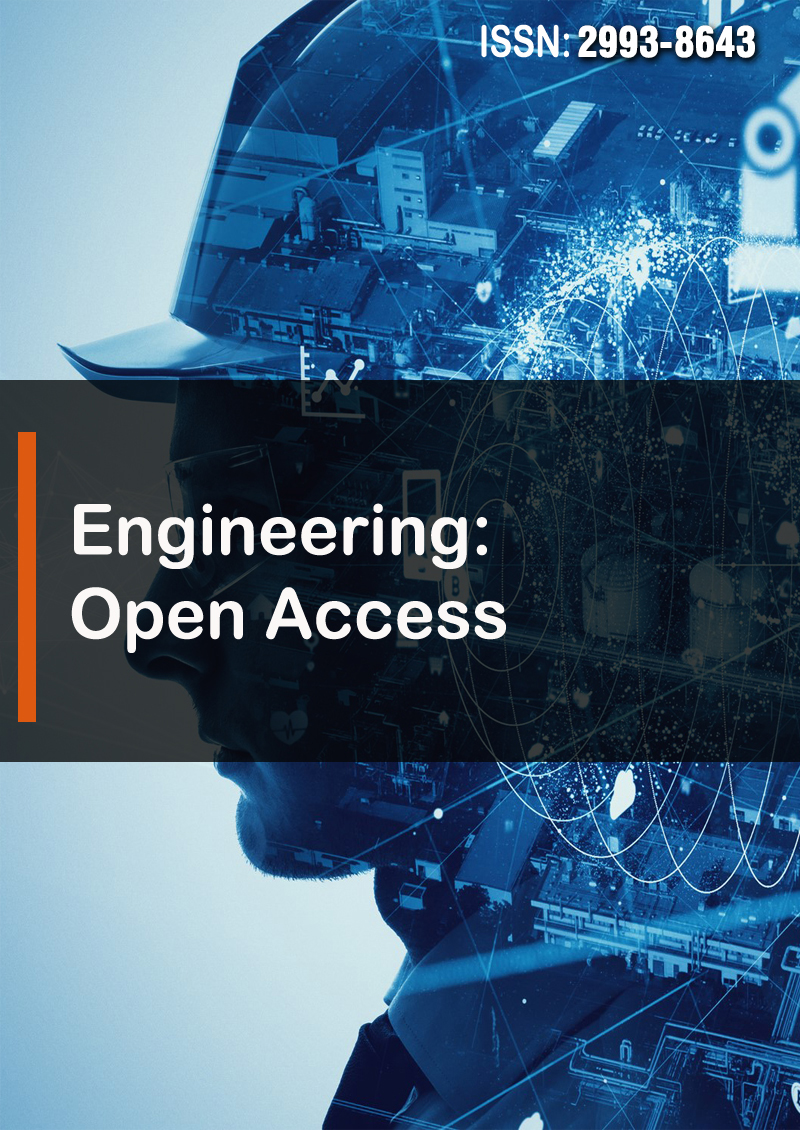Rs & Gis In Geotechnical Engineering: A Comprehensive Overview and Applications
Abstract
Samirsinh ParmarID
The integration of Remote Sensing (RS) and Geographic Information Systems (GIS) has emerged as a powerful approach in the field of geotechnical engineering. This comprehensive report explores the diverse applications of RS and GIS technologies in geotechnical engineering, focusing on their roles in site investigation, hazard assessment, and infrastructure design. The report delves into the use of RS data, including satellite imagery, aerial photographs, and LiDAR, to gather critical geospatial information for geological mapping and terrain analysis. It elucidates how GIS aids in data integration and visualization, providing a holistic understanding of subsurface conditions, geological structures, and geohazards.
The report further highlights the applications of RS and GIS in slope stability analysis, landslide monitoring, and foundation design. In addition, it addresses the significance of RS and GIS in environmental impact assessments, groundwater management, and infrastructure asset management within the geotechnical context. The findings presented in this report underscore the transformative potential of RS and GIS technologies, offering geotechnical engineers a comprehensive toolkit to make data-driven decisions, enhance safety, and optimize the planning and design of geotechnical projects. As the field of geotechnical engineering continues to evolve, the integration of RS and GIS is poised to play an increasingly pivotal role in shaping sustainable and resilient infrastructures in the face of complex geological challenges.



